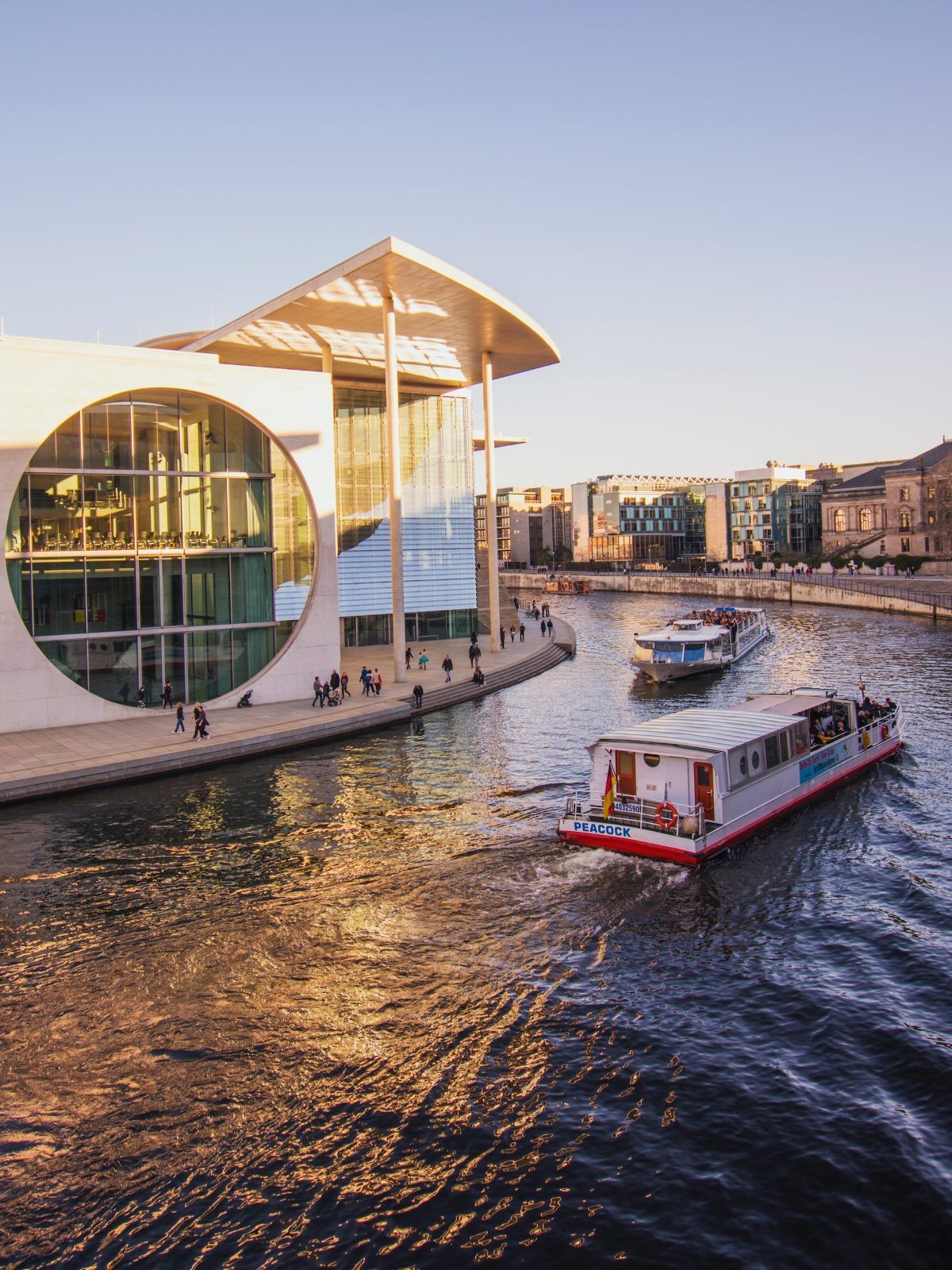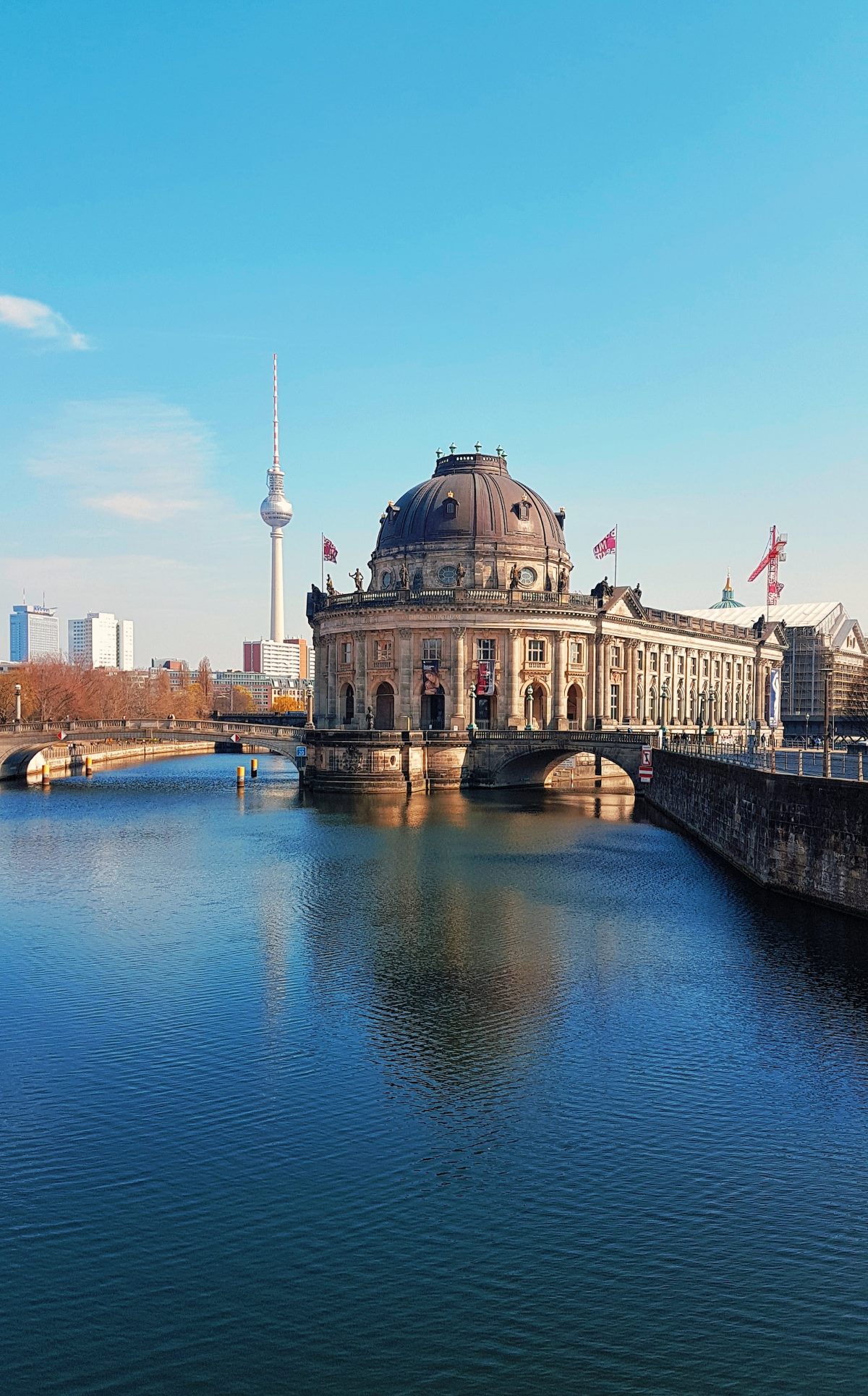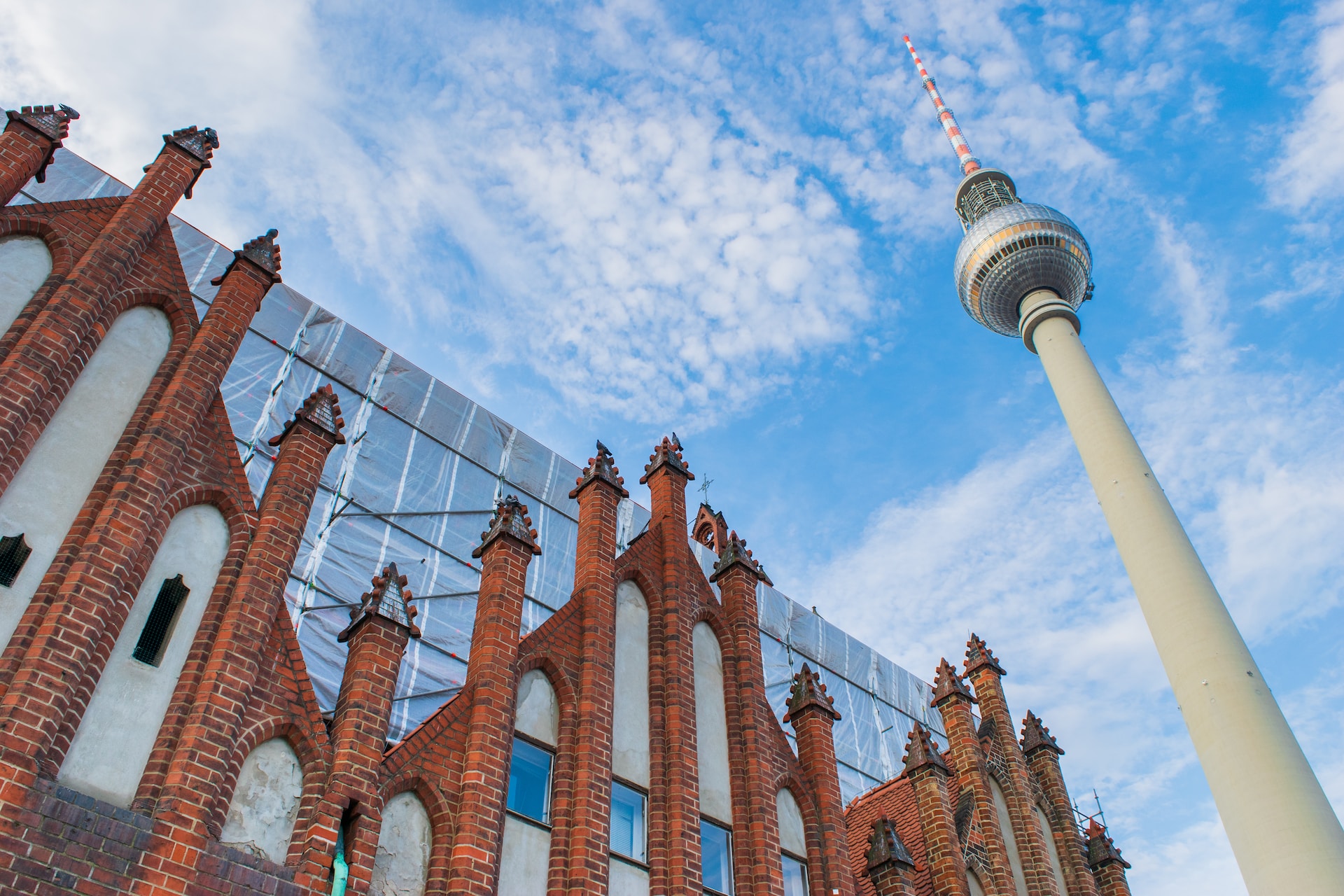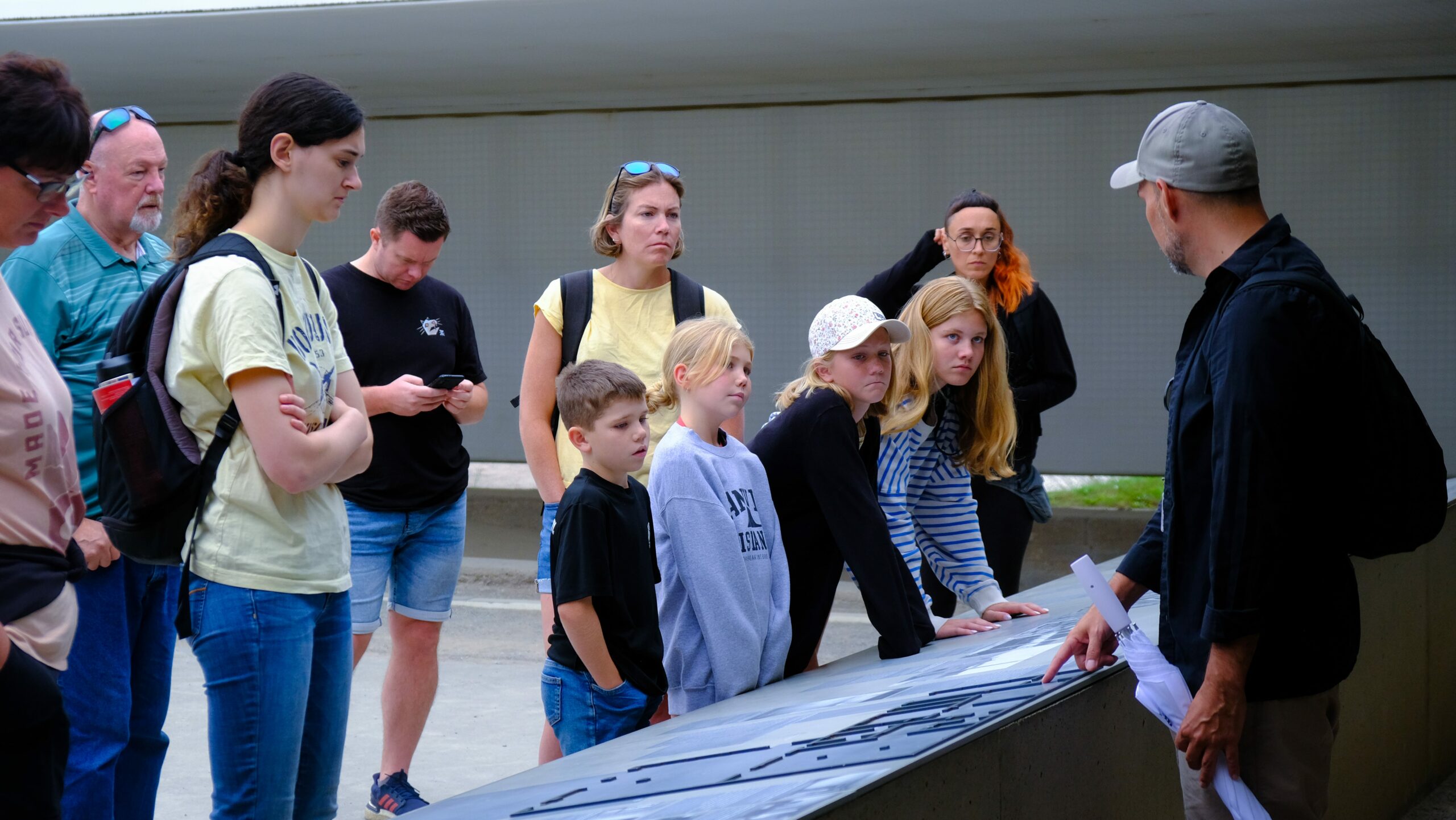This article includes an introduction to White City located near Berlin Germany which is specifically designed for novices. This article investigates the historical importance of White City and its architectural characteristics as well as its enduring effects on Berlin.
The Vision Behind White City
Modern architecture together with urban planning both experienced accelerated development during the early 1930s. The rising demand for budget-friendly housing in Berlin led to the development of White City known as Weisse Stadt. The main objective involved designing an energetic living environment which enhanced life quality for all its residents.
Modernist Architecture
The architectural direction taken by White City received strong inspiration from the prevalent modernist movement during that period. The buildings received their essential designs from two important architects Bruno Taut and Martin Wagner. The architects sought basic designs with practical purposes while creating an urban environment that fit naturally.
White City buildings featured simple design elements with flat roofs while maintaining strong emphasis on white frontages. Apartment rooms received abundant natural light through substantial window openings that generated spacious sunlit spaces. The specific design elements merged to form an attractive appearance which unified the entire district while remaining noticeable.
A Model for Social Housing
Historians recognize White City as important due to its establishment as a framework for future social housing solutions. The project offered economical housing solutions to the working class population as part of social equality efforts to advance living conditions.
Residents of White City could find homes in various size apartments including single or couple units and family units. The buildings throughout White City comprised shared areas including playgrounds and gardens to foster community interactions among residents.
Sustainability and Infrastructure
White City added sustainable features and contemporary infrastructure to its functions of affordability and community living. The builders planned structures to minimize waste space and resources while maximizing land utilization.
White City implemented contemporary amenities such as central heating and plumbing together with electricity which were unavailable in residential development during its period. The new innovations shaped better residential environments for residents of public housing projects that now established benchmark quality standards in community facilities.
Legacy and Impact
The urban development and architectural landscape of Berlin received permanent changes from White City’s establishment. Its unique architectural method together with its social housing plan established trends for future development across Germany as well as international projects.
White City successfully created an appealing residential area during the difficult political environment of its construction period. The successful urban planning exemplified the capability of strategic development to create housing affordability throughout quality living spaces.
Recognition as UNESCO World Heritage
Due to its architectural importance and social housing achievements White City earned a UNESCO World Heritage Site designation in 2008. The designation recognized White City as a crucial site in both urban planning historical development and modern architectural advancement.
Exploring the current White City provides direct access to observe the historical accomplishments within this forward-thinking urban development project. Walking through the area lets you enjoy the distinct combination of modernist structures together with functional artistic elements.
Conclusion
The innovative urban development and social housing program called White City appeared in Berlin when Germany accomplished its project in the early 1930s. The development achieved its modernist architectural design alongside affordable living with communal areas to establish new residential standards.
The UNESCO World Heritage Site designation has allowed White City to influence architects and urban planners and residents from all around the world. The urban landscape bears everlasting influence because of visionary concepts.
Table of Contents




